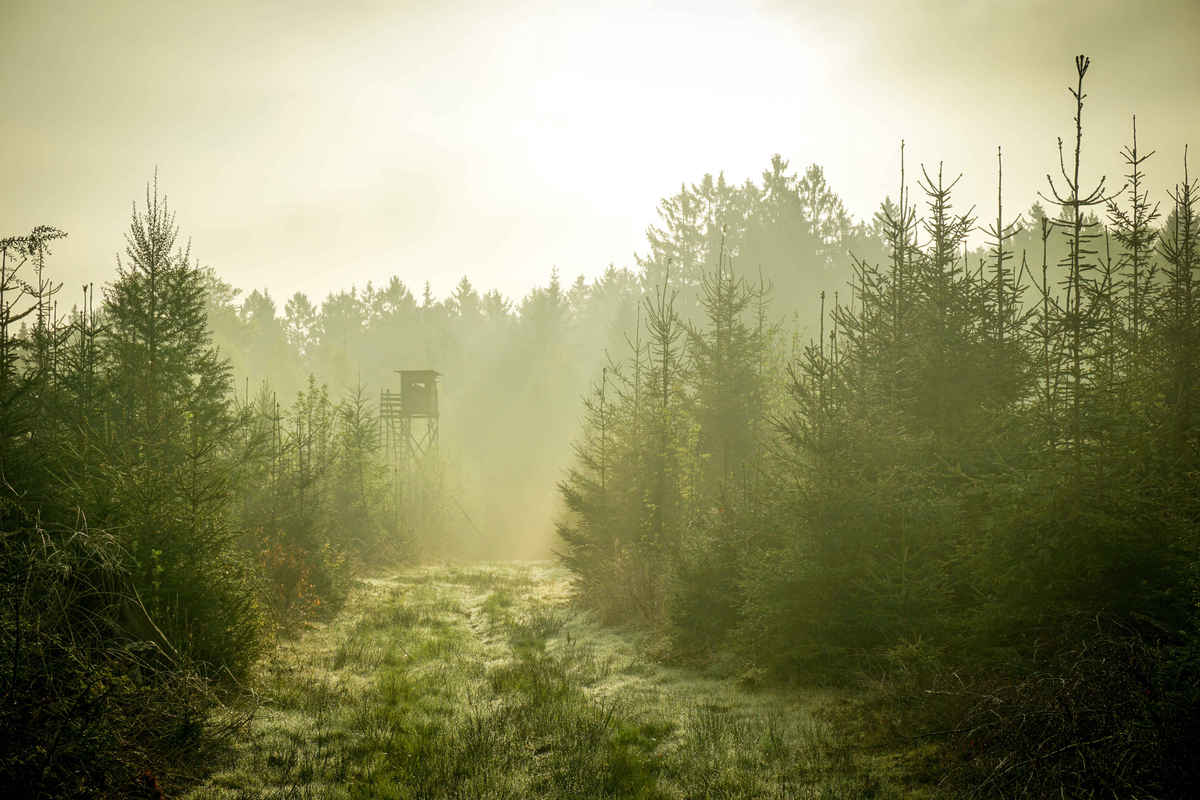Oh Christmas tree – preserving Christmas traditions with humic acids

Between 23 and 25 million Christmas trees decorate German living rooms every year. 80 percent of households in which more than three people live buy a tree. But the drought last summer negatively affected forested areas and thus the plantations of Christmas tree merchants. Light needle colors or needle shedding lead to inferior quality and tree death, which can become problematic for the market in eight years at the latest.
Bright colors and inner needle cast – how the trees react to the drought
This year's and last year's new plantings are particularly affected. At the beginning of the year, they first had to contend with late frost before being exposed to prolonged drought. The consequence: first a lighter needle color and later, in order to reduce evaporation, a complete cast of the inner needles.
This does not have any effect on the market yet, because the trees that were damaged or died were not to be sold for eight to ten years. And if rainfall normalizes in the next few years, the economic loss will be limited. Continuing climate conditions of greater heat and drought, however, oppose such a forecast and require a massive rethink.
Rhizoctonia fungi damage blue spruce and Nordmann fir cultures
Especially in winter, wetness and mild temperatures encourage the spread and increase of needle diseases. The trees weakened by drought during the rest of the year no longer have any resistance and fall victim to new fungal species, such as those belonging to the Rhizoctonia group. Blue spruce and Nordmann fir cultures are particularly affected.
Combating the infestation is difficult – prevention is the magic word
But what should we do about it? Once the fungi have arrived, it is almost impossible to combat them. It is easier to prevent the infection with suitable measures: Plantations can be thinned so that the trees are less dense and dry faster after heavy rain. The removal of the lower branches can be helpful to prevent the transmission of infected plants. The grass on the ground should also be cut regularly or alternatively consumed by sheep. It provides a perfect habitat for all kinds of pests.
In addition, the state and appearance of the plants depends to a large extent on the availability of nutrients. Phosphorus deficiency, for example, leads to a reddish violet coloration in young needles. If the plant cannot supply itself sufficiently with nitrogen, it generally grows worse.
Good soil, healthy plants – how humic acids help improve soil structure and protect trees
A remedy here can be to support the soil with humic acids. Especially in dry and sandy soils, they can increase the water retention capacity and thus ensure that the plants have sufficient water available even in dry periods. In addition, they increase and optimize nutrient uptake, as they promote the conversion of nutrients such as nitrogen, phosphorus, potassium, etc. into plant-available forms.
Humic acids also stimulate root growth into the depths of the soil so that plants have more nutrients at their disposal. Last but not least, they support photosynthesis and thus the formation of mycorrhiza. They promote growth and multiplication of desired soil organisms and thus increase the plant's natural resistance to drought and disease.
Humic acids can also positively influence the treatment of plants with fungicides. They increase their effectiveness and immobilize harmful residues.
The coming years will show how well conifers can adapt to changing conditions and whether we can continue to place Christmas trees in our living rooms.
Learn more about humic acids as natural biostimulants and soil conditioners.

